Sex and lies in Ancient Rome will be on the menu for Festival’s second outing.
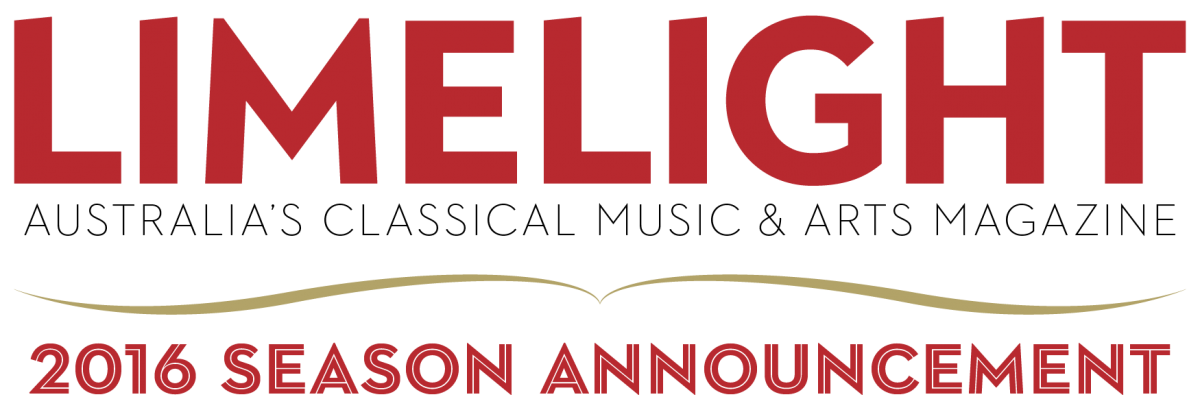
One of last year’s more remarkable comebacks was the last minute emergence of Brisbane Baroque, rising phoenix-like from the ashes of the short-lived Hobart early music festival. Thanks to the foresight of the Queensland government, Leo Schofield and Jarrod Carland were able to mount a full-scale assault on the Australian awards system and bag a stunning five Helpmanns, putting an 18th-century wind up the likes of Opera Australia who had to scrape by with the leftovers.
Despite what was dubbed by some in the media as “bogan-gate” – the mini-storm that blew up when Schofield branded the Tasmanian’s intellectually unworthy of a decent arts festival – Australia reckoned the inaugural Brisbane Baroque a triumph. Launching next year on the back of all that, the 2016 festival looks bigger and better than ever with a slew of top international artists, a strong field of the best of the Aussie early music scene and a Handel opera that reads like a musical fusion of I Claudius, Up Pompeii and Sex, Lies and Videotape.
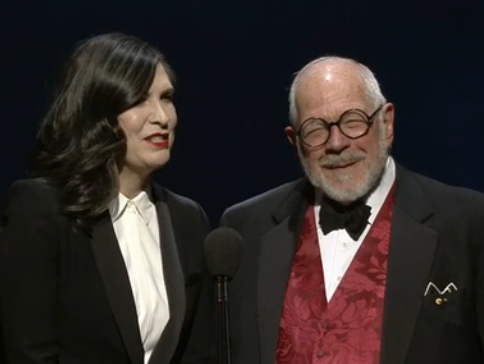 Schofield at this year’s Helpmann awards
Schofield at this year’s Helpmann awards
But how big an achievement was it getting the first Brisbane Baroque up after the Tassie powers that be let Hobart Baroque fall through? “It took an almighty effort,” admits Jarrod Carland, the festival’s Executive Director. “We had to allocate venues, completely re-budget all the shows and identify Brisbane artists for roles originally assigned to Tasmanians. A Queensland election, a change of government and the Christmas holidays all delayed the launch so in effect we only had two months to get the event from page to stage. What made it possible was the tremendous goodwill and positivity of our Brisbane partners and a collegiality we’d not experienced before.”
The willingness of their Brisbane partners to give them a fair go saw superstar Croatian countertenor Max Emanuel Cenčić make his debut down under along with a packed week of musical events. Carland singles out the imported German production of Handel’s Farramondo as his personal highlight. “We had only three members of the original Göttingen cast so for director Paul Curran it was pretty much a new staging,” he explains. “Paul had the luxury of a lengthy rehearsal and it showed. There was a rare sense of ensemble with no weak links. But Dido was also a standout too. The rarely heard Rosary Sonatas were wonderfully realised, a marathon effort by Julia Fredersdorff and her colleagues from Latitude 37. And Camerata of St. John’s performance bowled the audience over.”
Faramondo proved to be the big Helpmann winner for Schofield and Carland, and this year they are clearly hoping to repeat that success with another Handel opera, Agrippina, an early work written for Venice a year or so before the Saxon-born composer arrived in London to take England by storm. “The librettos for most Handel operas are either complex or corny,” says Carland, “but he had a really good libretto for Agrippina – well constructed and with vivid characters. Plus the music is terrific!”
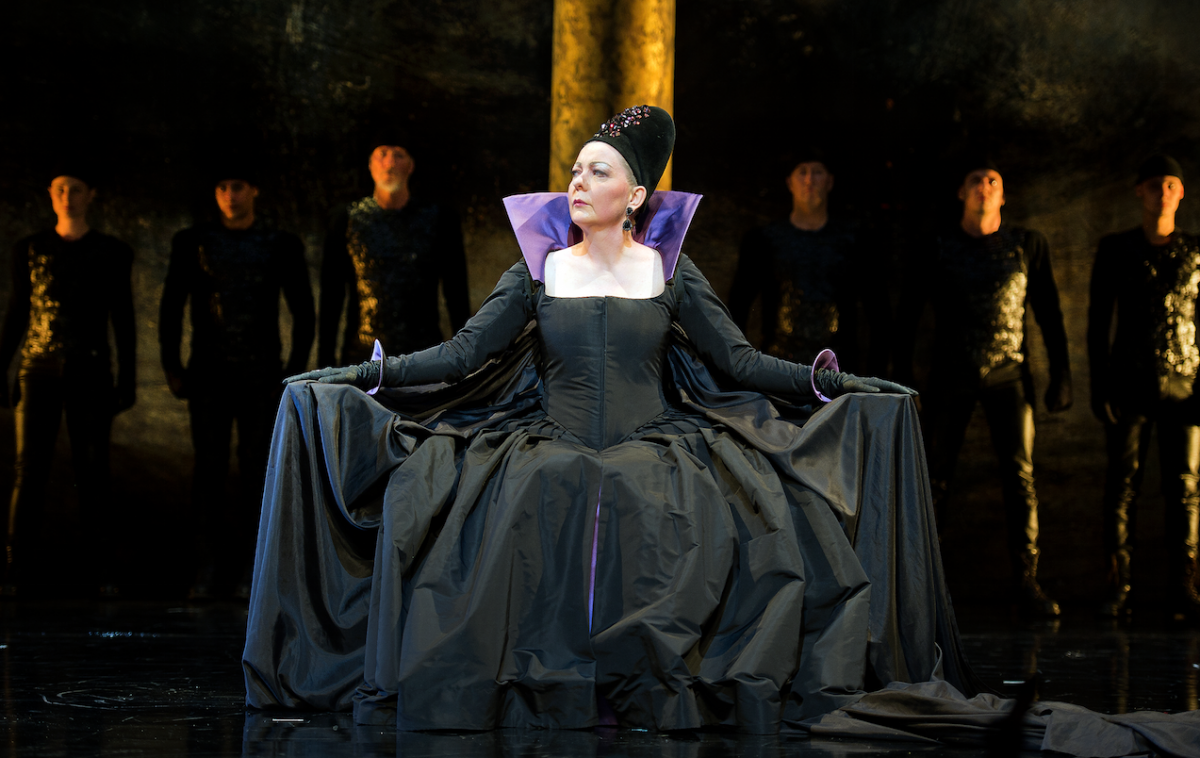 Ulrike Schneider as the scheming Agrippina
Ulrike Schneider as the scheming Agrippina
The plot flirts with historical fact and fiction and concerns the machinations of the scheming Agrippina, mother of the future Emperor Nero, to get her lovesick offspring onto the throne. In reality, despite the ambitious Agrippina marring her unappetising uncle Claudius to get Nero’s succession over the line, all the thanks she got from her son were three attempted poisonings, a booby-trapped bed and being put out to sea in a leaky ship – but them’s the breaks… Laurence Dale’s production, again from the Göttingen Handel Festival, is lively, fast moving and frequently very funny. “Faramondo demonstrated to us that the public is willing to give an unknown work a try. So here we have another that’s never had a fully staged professional production in Australia,” says Carland. “But it’s certainly not another La Bohème!”
Next year’s star vocal event will be the Australian debut of American mezzo Vivica Genaux, at 46 a singer at the very height of her powers. “We had great success with star singers like Julia Lezhneva, Xavier Sabata and David Hansen in Hobart and as a leading baroque mezzo Genaux was obviously on our wish list,” says Carland, explaining that although she’s well known among aficionados, she’s perhaps new to the festival’s broader audience. He shouldn’t worry, the Alaskan-born diva has sung in all the major houses from the Met down and comes down under trailing a discography as long as your arm.
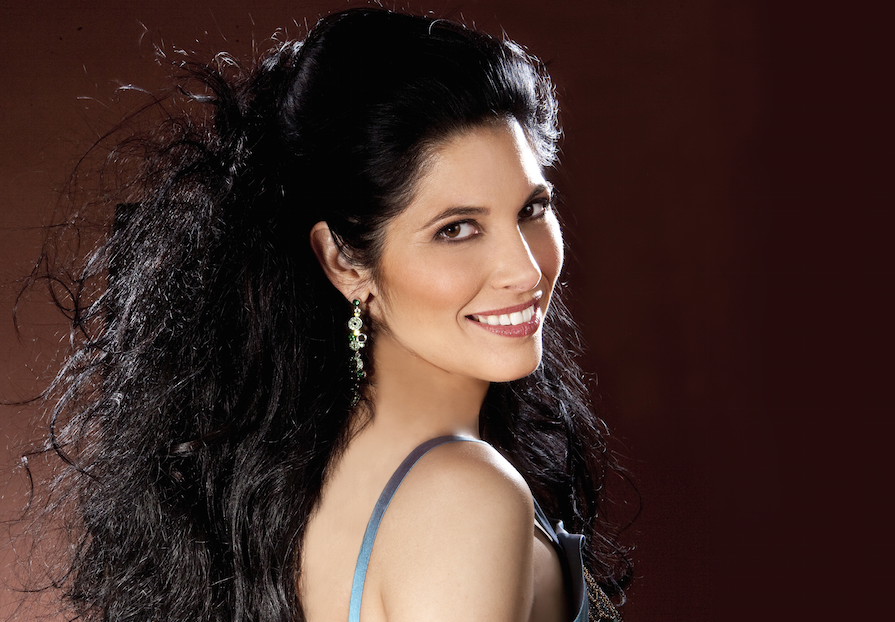 American mezzo Vivica Genaux
American mezzo Vivica Genaux
In a move to bring fresh ideas and talents to the party, Schofield and Carland have booked another impressive young artist – acclaimed Iranian-American harpsichord virtuoso Mahan Esfahani. The charismatic musician has burst onto the music scene in the last few years winning awards left, right and centre. Marrying an interpretive imagination with an emotional intensity that one doesn’t always associate with the harpsichord, Esfahani is one of a new generation of players making the instrument ‘hip’ and even ‘sexy’ after years of academia. “Every now and then a performer comes along who presses the public’s buttons,” Carland agrees. “Once in a while an artist reinvents the instrument, in a way, and this is absolutely the case with Esfahani.”
Next year’s gala concert will move on from this year’s Handel to Johann Sebastian Bach (along with Vivaldi, one of the three figures who continue to dominate what we think of as the Baroque). “Accessibility is an overworked word but Leo wanted to create a concert with the broadest possible appeal, a tasting plate if you like,” says Carland. “This year we started with the most accessible Handel pieces and are doing the same with Bach. These two composers are masters of melody and we are aiming to send audiences out humming their favourite bits. We’d like to make these popular concerts with the QSO and first-rate soloists a real feature in the future. Who knows, we may even programme a mash-up of work from more than one composer.”
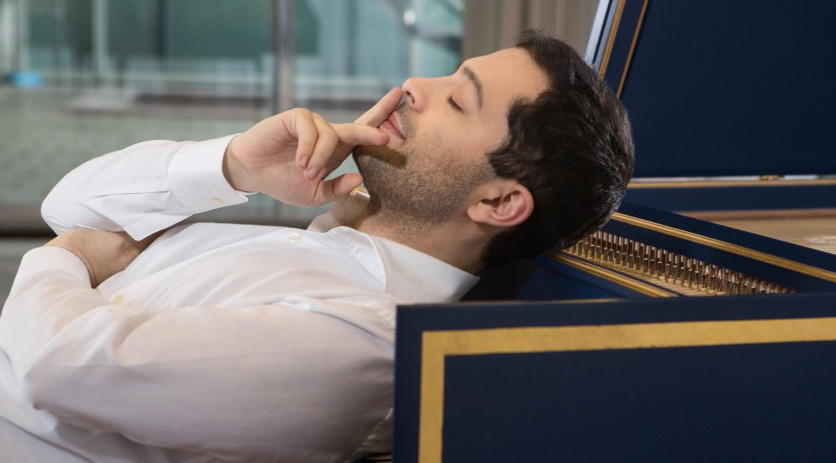 Genius of the harpsichord, Mahan Esfahani
Genius of the harpsichord, Mahan Esfahani
Determined not to leave the third member of the aforementioned triumvirate out in the cold, there’s a triptych of concerts celebrating the life and work of the Red Priest himself. Vivica Geneaux’s recital forms one strand, focussing on Vivaldi the opera composer. The Camerata of St. John’s will add another with the intriguingly-named “Red Priest in a Red Church on Red Hill” – a selection of orchestral and solo music by Vivaldi and some of his contemporaries in the historic St Brigid’s Catholic Church, a red brick building that stands proudly overlooking the city of Brisbane on Red Hill. And then there’s a celebration of Vivaldi’s women – or more accurately the young ladies he taught at Venice’s Pietà. “I suppose that fact that they are women is something of a novelty,” explains Carland. “Most people know Vivaldi via The Four Seasons, but they don’t know a great deal about his work at the Pietà. It’s a great story.”
Following on from Dido and Aeneas this year, Purcell’s semi-opera, King Arthur, will get a semi-staging with the Orchestra of the Antipodes directed by Brett Weymark and soloists including Greta Bradman. 2016 will also see the return of the popular 5×5×5@5 series showcasing the talents of an impressive group of young Queensland artists – that’s five recitals, five soloists and ensembles, all at 5pm and all at 5 bucks. With all sorts of other goodies, including crack period trio Latitude 37, to paraphrase the King James’ bible, the glory of this latter festival looks set to be even greater than the former.
Brisbane Baroque runs from April 8-16.











Comments
Log in to join the conversation.